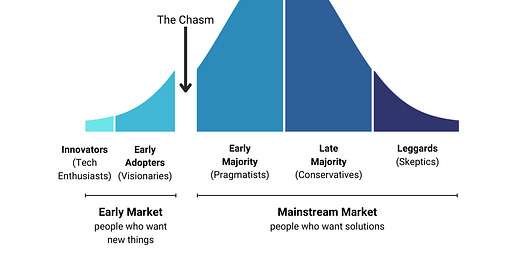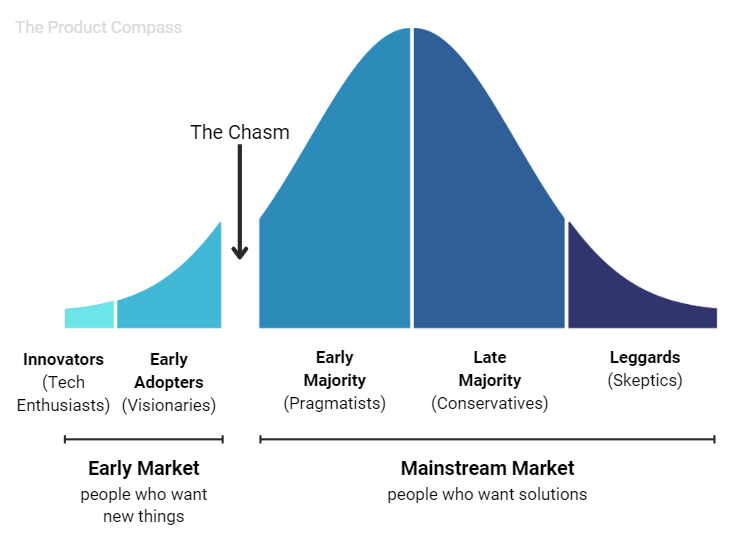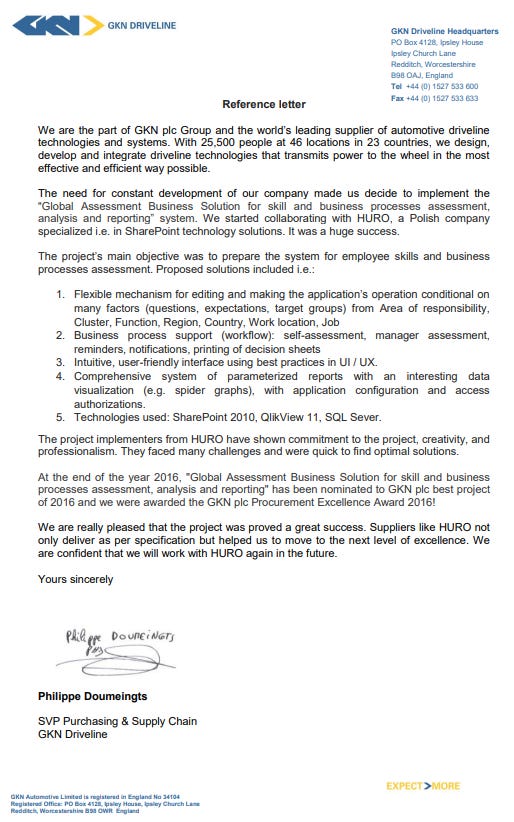Crossing the Chasm: The Ultimate Guide For PMs
Mastering the Journey from Early Adopters to the Mainstream Market.
Hey, Paweł here. Welcome to the premium edition of The Product Compass!
Every week, I share actionable tips and resources for PMs.
Here’s what you might have recently missed:
12 Proven Sources of Insights to Fuel Your Product Discovery
Continuous Product Delivery: Why It’s Critical to Release Frequently
Assumption Prioritization Canvas: How to Identify And Test The Right Assumptions
Consider subscribing and upgrading your account, if you haven’t already, for the full experience:
When I started learning product management, different knowledge areas felt like isolated islands. I wanted to dive deeper and figure out how everything fits together.
One concept that often gets misunderstood is the Technology Adoption Life Cycle model, popularized by Geoffrey Moore in Crossing the Chasm.
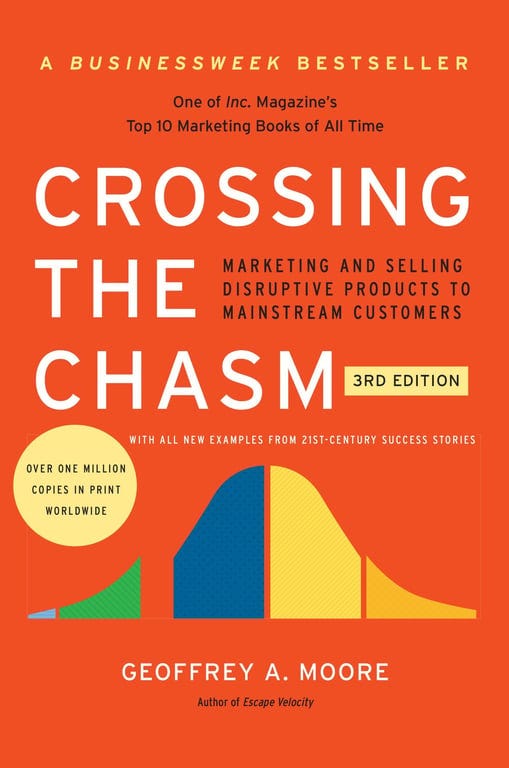
In his book, Moore explains how to transition from early adopters to the mainstream market. But I've noticed that many people only scratch the surface of this model.
I also personally struggled to see how this model integrates with other concepts like the Jobs-to-be-Done (JTBD) framework, Product-Market Fit, and insights from strategy leaders like Roger Martin.
So, in this post, let’s explore:
Crossing the Chasm Framework
Technology Adoption Life Cycle
How to Cross the Chasm
🔒 The Chasm in B2B vs. B2C
🔒 Understanding the Connections
Crossing the Chasm vs. Jobs-to-be-Done
Crossing the Chasm vs. Product Strategy
Crossing the Chasm vs. Product-Market Fit
Crossing the Chasm vs. Ideal Customer Profile
Crossing the Chasm vs. Startups Using Known Technologies
🔒 Takeaways
Together with 5 case studies.
1. Crossing the Chasm Framework
Crossing the Chasm framework addresses the challenge innovating companies face when transitioning from early adopters to the mainstream market.
The core idea is that there is a significant gap between early adopters (visionaries) and the early majority (pragmatists).
If not properly managed, this gap often leads to failure.
a. Technology Adoption Life Cycle
One of the key concepts in the book is the Technology Adoption Life Cycle, where customers are segmented into five categories based on their willingness to adopt new technology:
Innovators (Technology Enthusiasts): They pursue new technologies for the sheer joy of exploration.
Early Adopters (Visionaries): They seek breakthrough innovations that result in tangible value for them. They care about functional outcomes but are willing to take risks when trying new solutions.
Early Majority (Pragmatists): They seek functional outcomes and prefer established proven solutions.
Late Majority (Conservatives): They adopt technology when it becomes a standard and is well-supported.
Laggards (Skeptics): They resist technological change and adopt only when necessary.
The issue lies in the gap between early adopters and the early majority, as illustrated in the diagram above. What appeals to the former often fails with the latter.
Why Does This Happen?
Pragmatists have different motivations. Unlike visionaries eager to try new things, they look for proven, functional solutions.
They also have a significantly lower risk tolerance. To appeal to this group, technology must be reliable and already adopted by others.
b. How to Cross the Chasm?
The book's most important concepts are the Beachhead Strategy and the Whole Product.
Beachhead Strategy
When transitioning to the mainstream market, you must focus on a specific niche market to establish a foothold among pragmatists.
Success in one segment will fuel your growth in the next customer segment. It enhances credibility, attracts talent, and fosters partnerships.
Therefore, it’s essential to:
Precisely define your target market segment.
Prioritize a deep understanding of customer jobs and needs.
Adjust your value proposition and messaging to that specific market segment.
Avoid defining your Total Addressable Market (TAM) too broadly. Instead, focus on a segment where you can achieve significant penetration and growth.
If you want to learn more, we discussed the Beachhead Strategy with
in 5 GTM Principles You Should Know as a PM, along with an actionable framework that will help you find your first beachhead segment.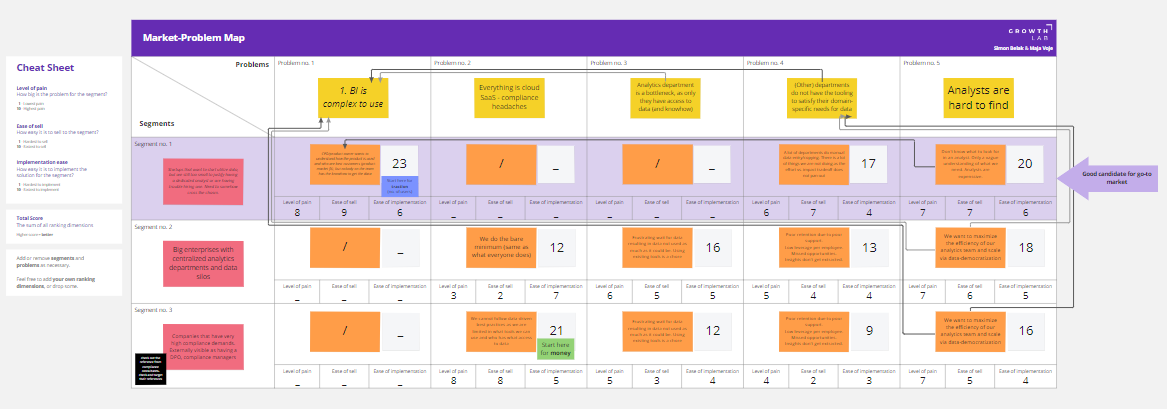
The “Whole Product”
Pragmatists expect what Geoffrey Moore calls the "Whole Product."
You might think, "Wait, as product managers, we know the product is never complete." But that's not the point.
Think of the Whole Product as fulfilling not just the "Must-have" needs but also some of the "Performance" and "Delighter" needs of a specific customer segment in the mainstream market, as we discussed in the Kano Model.
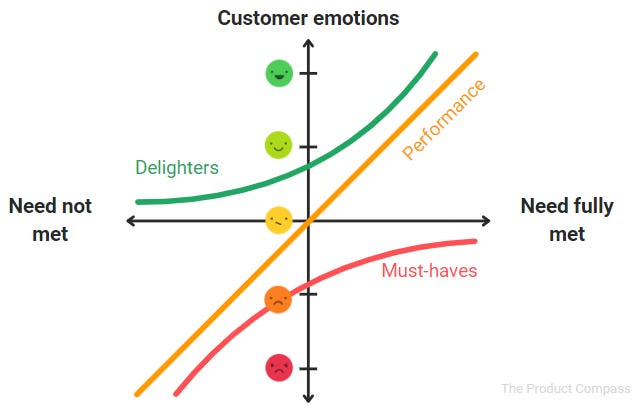
Importantly, the Whole Product includes not only the needs fulfilled by the core product features (the Core Product) but also:
Complementary products (e.g., iOS apps you can install on your iPhone).
Safety and compliance standards (e.g., GDPR, 2FA, and ISO 27001).
Training and support (e.g., 24/7 with guaranteed response times).
Integrations (e.g., SSO, Google Drive, Zapier, or API).
By addressing a broad set of needs, you increase your chances of appealing to pragmatists.
The Evidence Pragmatists Need
Geoffrey Moore explains that the most powerful evidence pragmatists seek is your market share.
If you can't demonstrate specific numbers, they might consider the quality and number of your partners, social media coverage, and other evidence.
Later in this post, we'll discuss how B2B and B2C pragmatists differ, as there are important nuances.
In any case, pragmatists want to see that you're the market segment leader or on a good path to becoming one.
Case Study: A SharePoint Intranet for the Biggest Polish Airlines
When I founded my first startup, HURO, in 2014, our first customer was LOT Polish Airlines. We developed a SharePoint Intranet for them. The secret was that we made them an offer they couldn't resist: around $1,000 for work worth $25,000–$50,000.
Crazy? It turned out to be one of the best deals of my life!
With a solid reference from LOT, we quickly positioned ourselves as a Polish leader in SharePoint Intranet (our beachhead segment). This allowed us to win dozens of other contracts, like the Polish National Court (Sad Najwyzszy), gas and oil companies (PKN Orlen and PSE), international insurance institutions (Mondial Assistance), and Polish National Payment Infrastructure (KIR).
Over time, with enough evidence and credibility, we expanded into adjacent segments. For example, we secured references from an FTSE 100 company (one of the 100 largest companies on the London Stock Exchange).
We used that opportunity to develop a new product (“Skills Assessments”) that we repeatedly sold to others. In short: Conquer > Expand > Conquer > Expand.
2. The Chasm in B2B vs. B2C
It's important to recognize that pragmatists in B2B (Business-to-Business) and B2C (Business-to-Consumer) markets have different characteristics and behaviors.
And they need to be approached differently. How exactly?
Let's break it down.
Keep reading with a 7-day free trial
Subscribe to The Product Compass to keep reading this post and get 7 days of free access to the full post archives.

